China
ပိုးလမ်းမများ – ချန်အန်း-ထျန်းဆန်းစင်္ကြံ
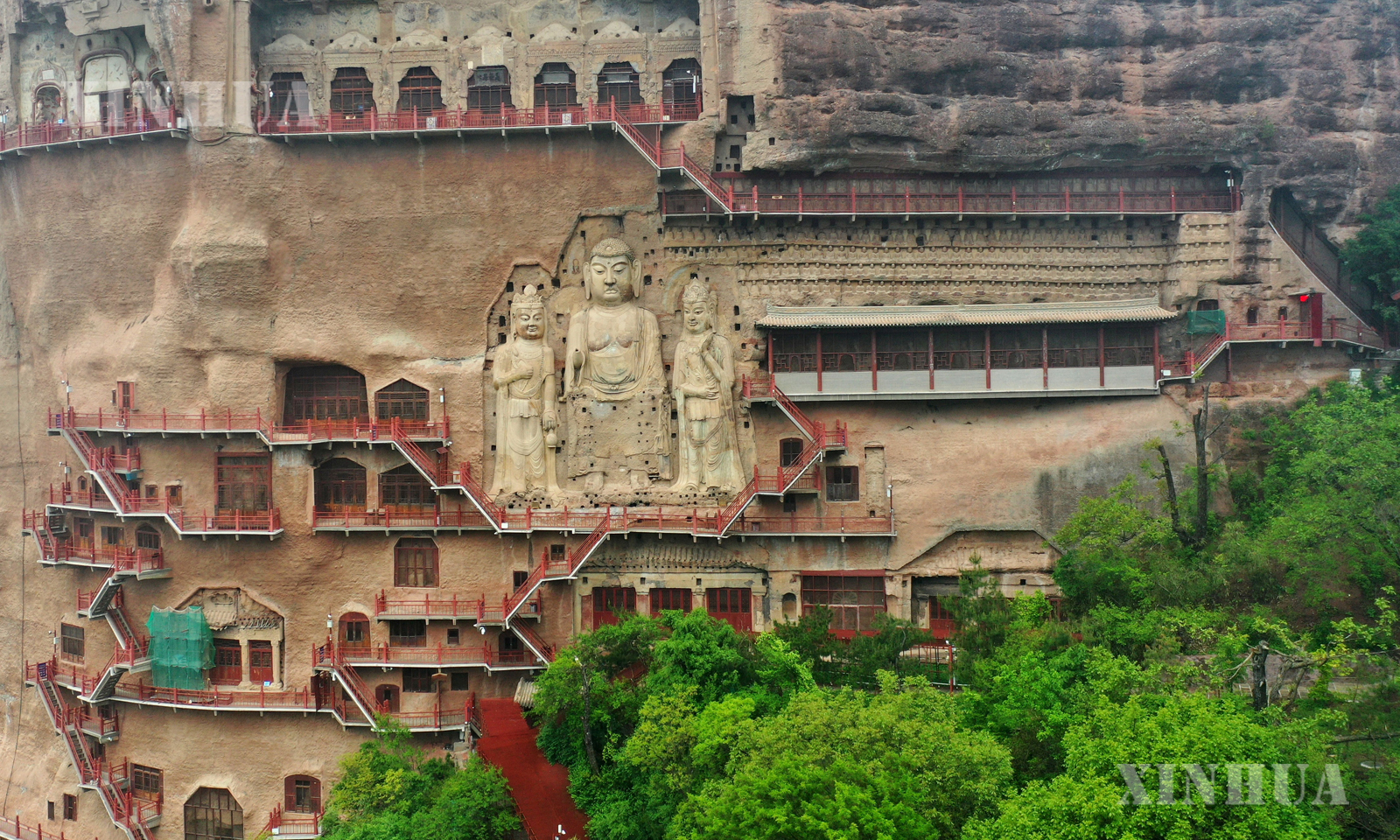
ရှီးအန်း၊ အောက်တိုဘာ ၁၇ ရက် (ဆင်ဟွာ)
လွန်ခဲ့သော နှစ်ပေါင်း ၂,၀၀၀ ခန့်အကြာ အနောက်ဟန်မင်းဆက် (ဘီစီ ၂၀၂ -အေဒီ ၂၅) က ကျန်းချန်းဟု အမည်ရှိသည့် တရုတ်သံတမန်တစ်ဦးက အနောက်ပိုင်းဒေသများသို့ စူးစမ်းလေ့လာမှု စတင်ခဲ့ကာ ကုန်သွယ်ရေးလမ်းကြောင်းတစ်ခု ဖွင့်လှစ်ခဲ့ပြီး နောက်ပိုင်းတွင် ထိုလမ်းကြောင်းသည် ပိုးလမ်းမဟူ၍ ဖြစ်လာခဲ့သည်။
၂၀၁၄ ခုနှစ်တွင်မူ တရုတ်၊ ကာဇက်စတန်နှင့် ကာဂျစ်စတန် နိုင်ငံများက “ပိုးလမ်းမများရှိ ချန်အန်း-ထျန်းဆန်း စင်္ကြံ လမ်းများကွန်ရက်” ကို ယူနက်စကို (UNESCO) ကမ္ဘာ့အမွေအနှစ်နေရာအဖြစ် အသိအမှတ်ပြုခွင့်ရရှိရန် ပူးတွဲလျှောက်ထားခဲ့ကြသည်။
ရှေးဟောင်းပိုးလမ်းမသည် ခရီးမိုင်ပေါင်းများစွာနှင့် နှစ်ပရိစ္ဆေဒကြာမြင့်စွာ ကုန်သွယ်ရေးနှင့် ကုန်စည်ဖလှယ်ရေးလမ်းကြောင်းဖြစ်သည်သာမက ယဉ်ကျေးမှု လူမှုအဖွဲ့အစည်းများကြား ဖလှယ်ရေးအတွက် လမ်းကြောင်းလည်း ဖြစ်လာခဲ့ပြီး လူသားမျိုးနွယ်၏ ဖွံ့ဖြိုးမှုနှင့် တိုးတက်မှုကို သိသာထင်ရှားစွာ အထောက်အကူပြုလျက်ရှိပေသည်။ (Xinhua)

တရုတ်နိုင်ငံ အနောက်မြောက်ပိုင်း ကန်းစုပြည်နယ် ထျန်းရွှေမြို့ရှိ မိုက်ကျစ်ဆန်းတောင် ကျောက်လိုဏ်ဂူများကို ၂၀၂၂ ခုနှစ် ဧပြီ ၂၉ ရက်က တွေ့ရစဉ် (ဆင်ဟွာ)
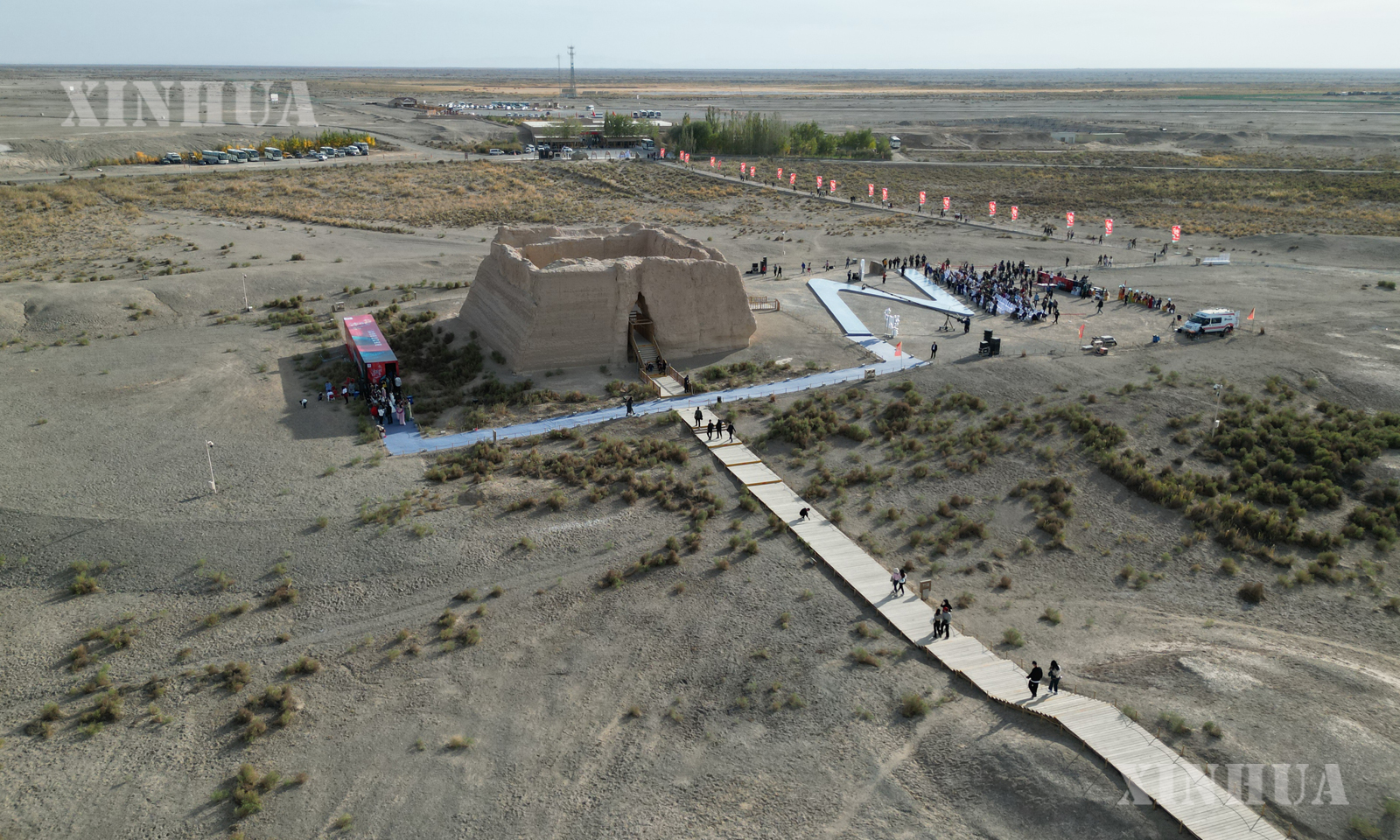
တရုတ်နိုင်ငံ အနောက်မြောက်ပိုင်း ကန်းစုပြည်နယ် သွမ်းဟွမ်မြို့၊ ယွိမန်ဝင်ပေါက်နေရာကို ၂၀၂၃ ခုနှစ် အောက်တိုဘာ ၁၅ ရက်က တွေ့ရစဉ် (ဆင်ဟွာ)
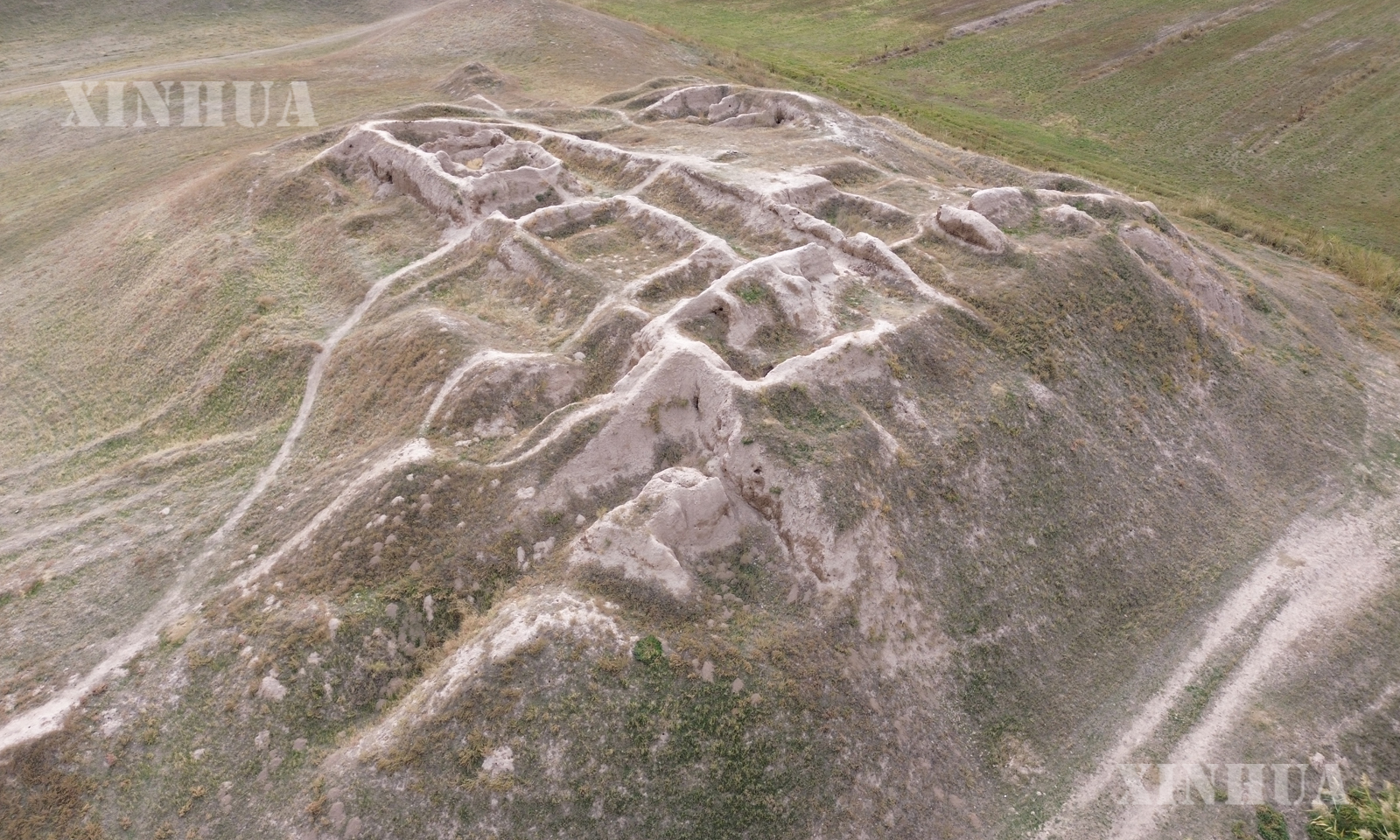
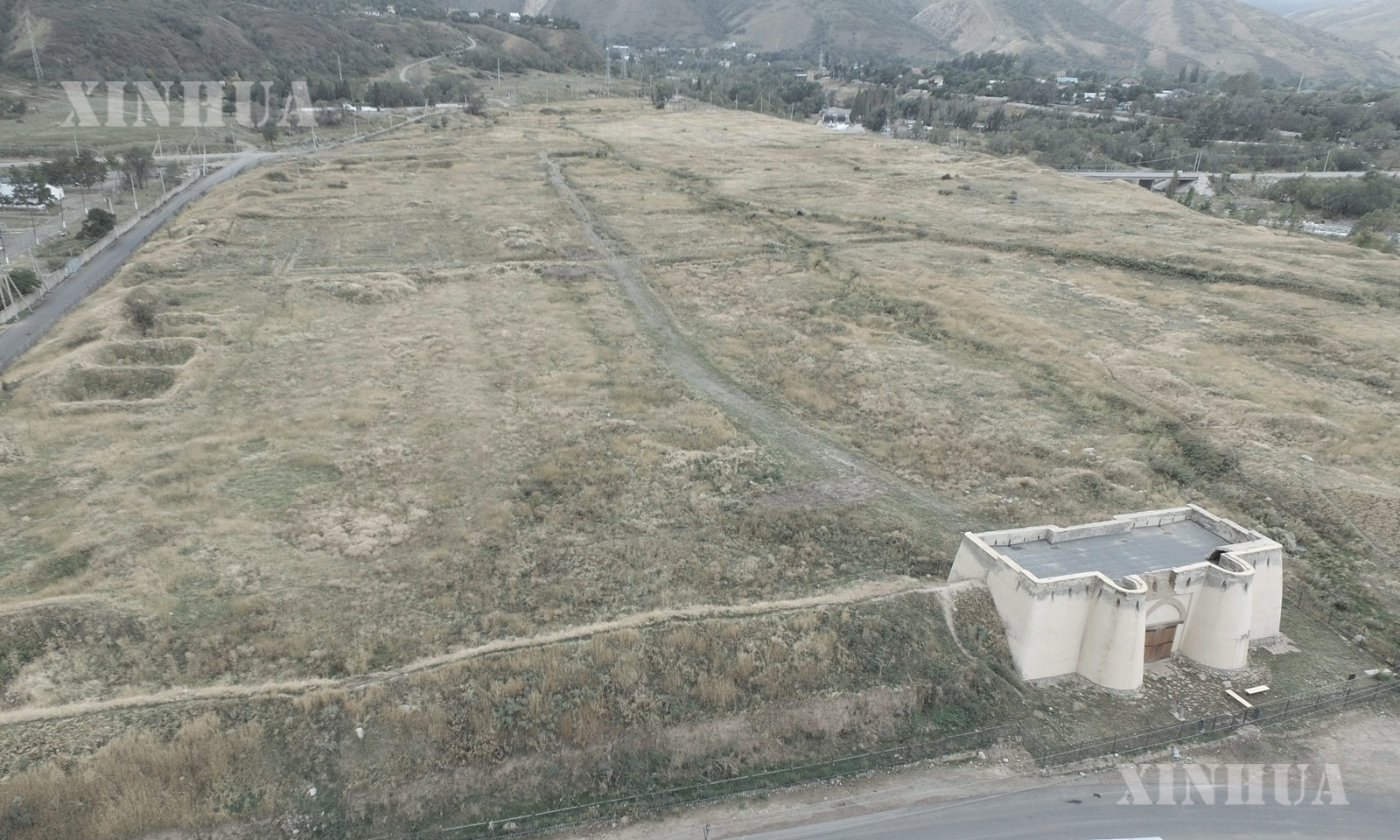
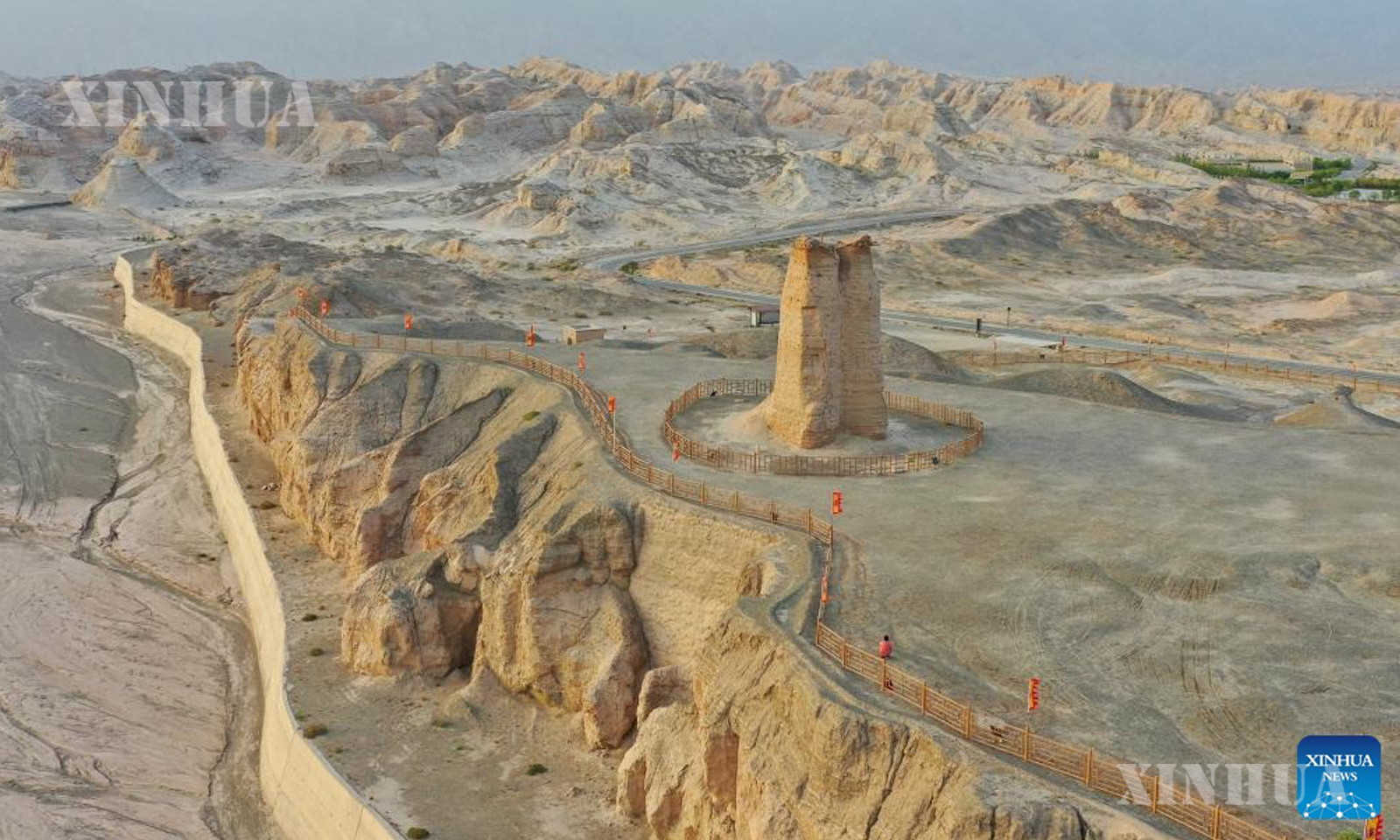
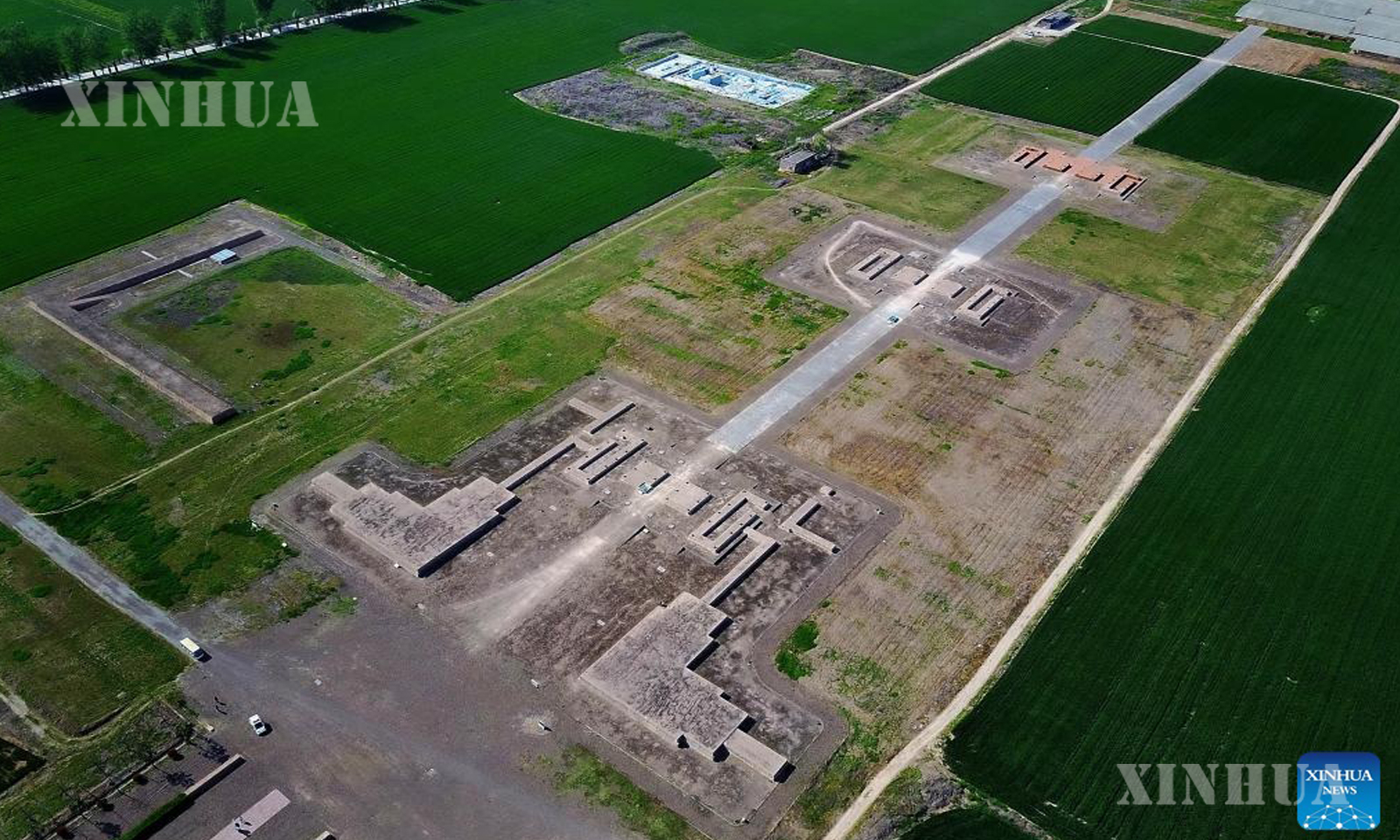
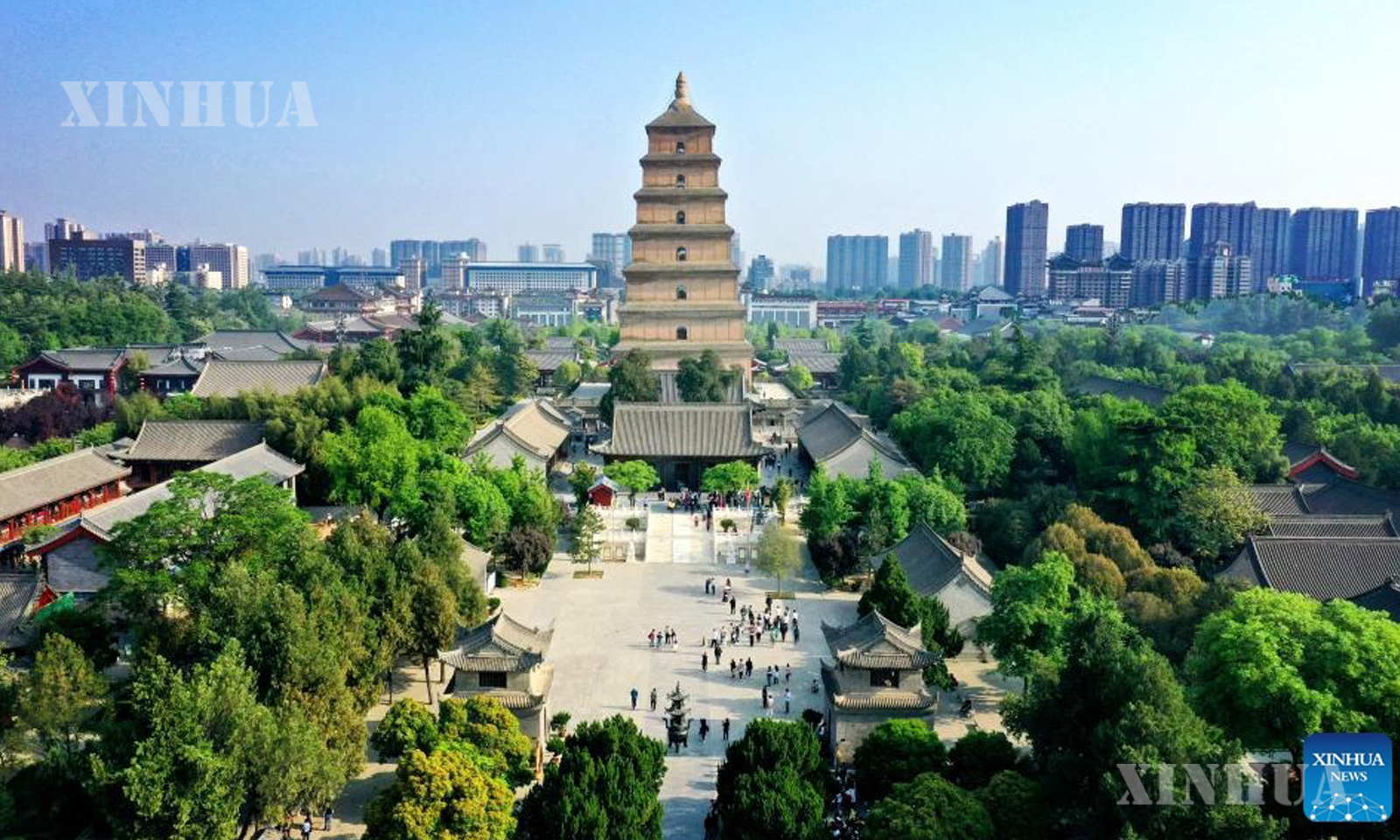
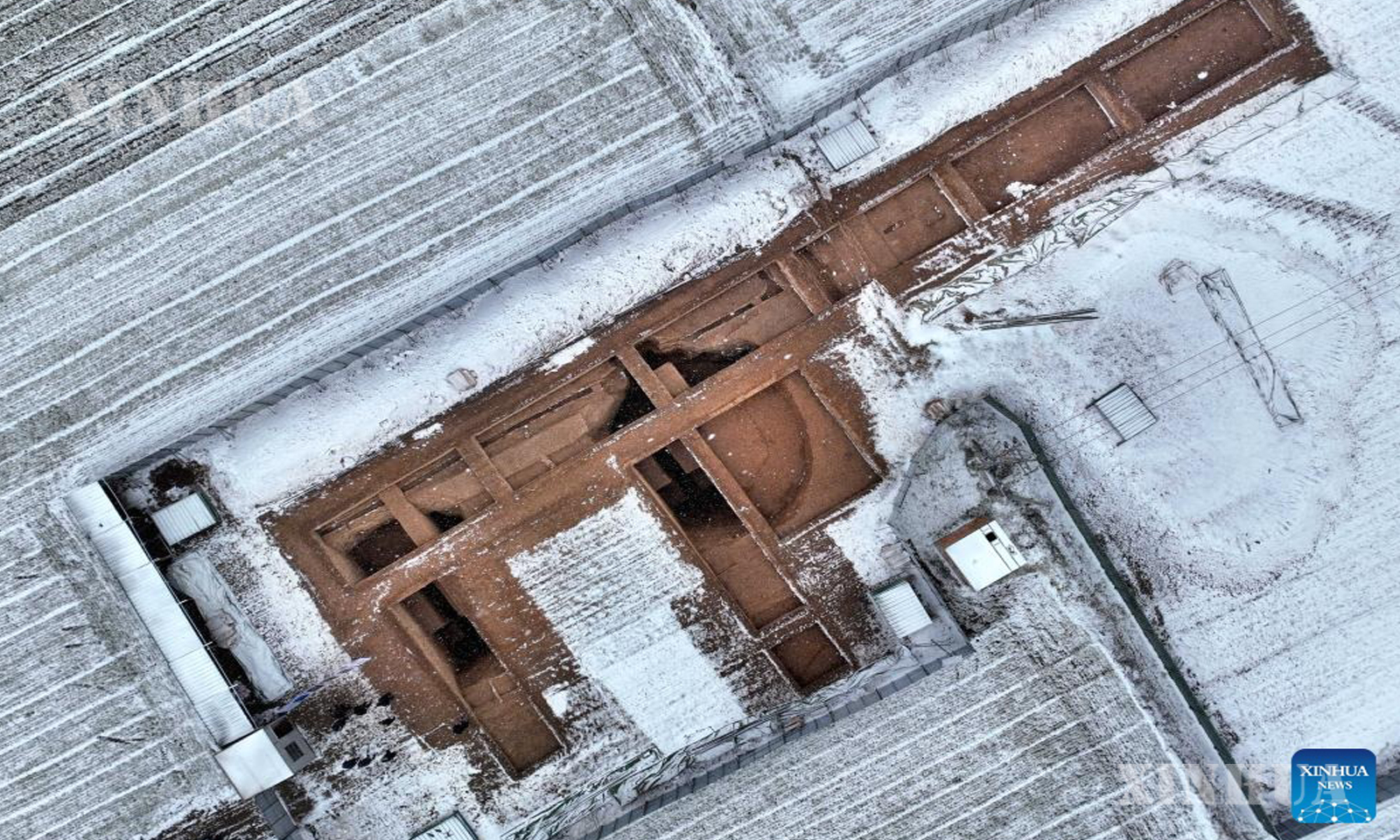
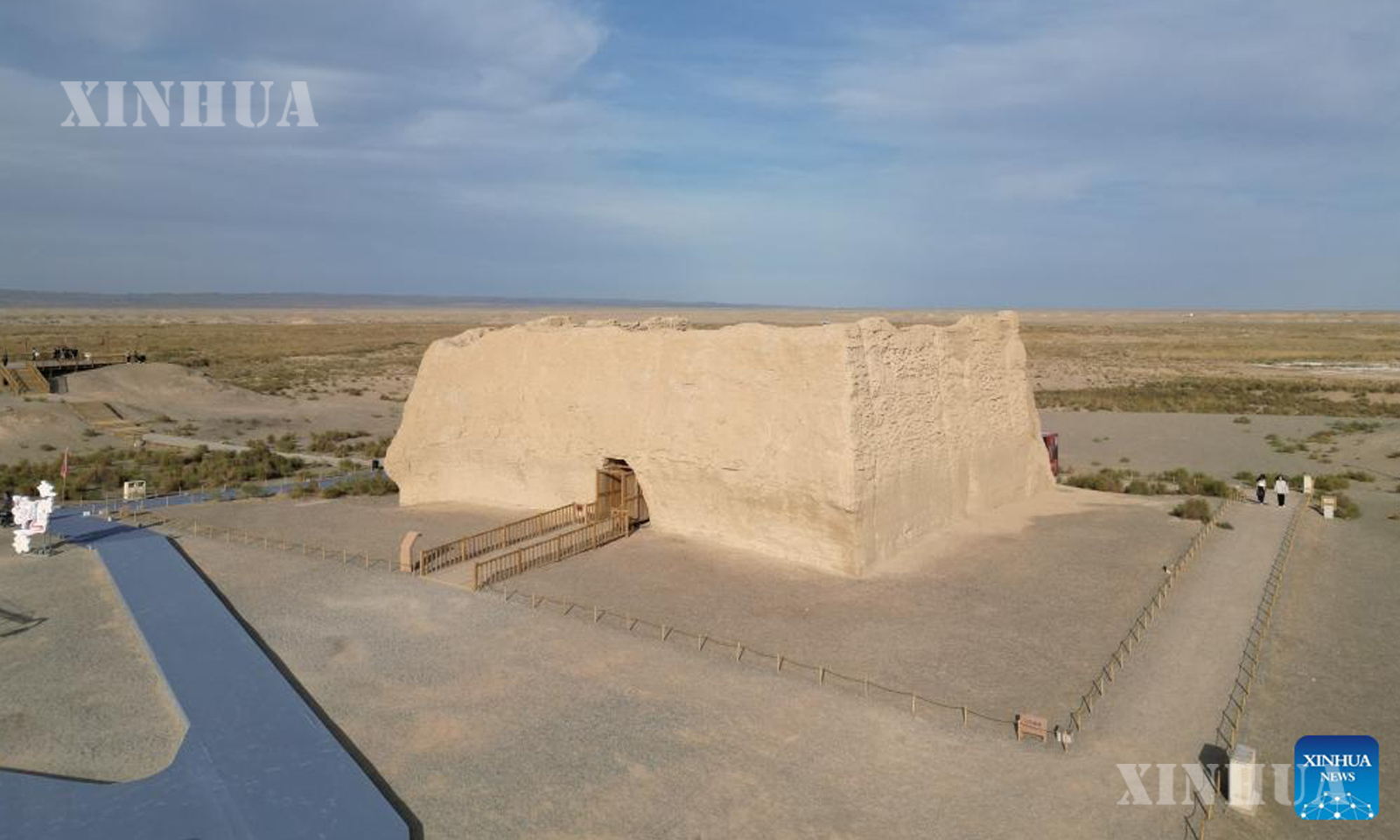
………………………………
(English Version)
Silk Roads: Routes Network of Chang’an-Tianshan Corridor
About 2,000 years ago, in the Western Han Dynasty (202 B.C.- A.D. 25), a Chinese envoy named Zhang Qian began his expedition to the Western Regions and opened a trade route that later became the Silk Road.
In 2014, a joint application by China, Kazakhstan, and Kyrgyzstan led to the recognition of “the Silk Roads: the Routes Network of Chang’an-Tianshan Corridor” as a UNESCO World Heritage Site.
Spanning thousands of miles and thousands of years, the ancient Silk Road was not only a route for trade and barter, but also a route for exchanges between civilizations, making a significant contribution to the development and progress of human society.
Photo 1, 2: This aerial photo taken on April 29, 2022 shows the Maijishan Grottoes in Tianshui City, northwest China’s Gansu Province. (Xinhua/Chen Bin)
Photo 3: This aerial photo taken on Oct. 15, 2023 shows the site of Yumen Pass in Dunhuang, northwest China’s Gansu Province. (Xinhua/Zhang Zhimin)






